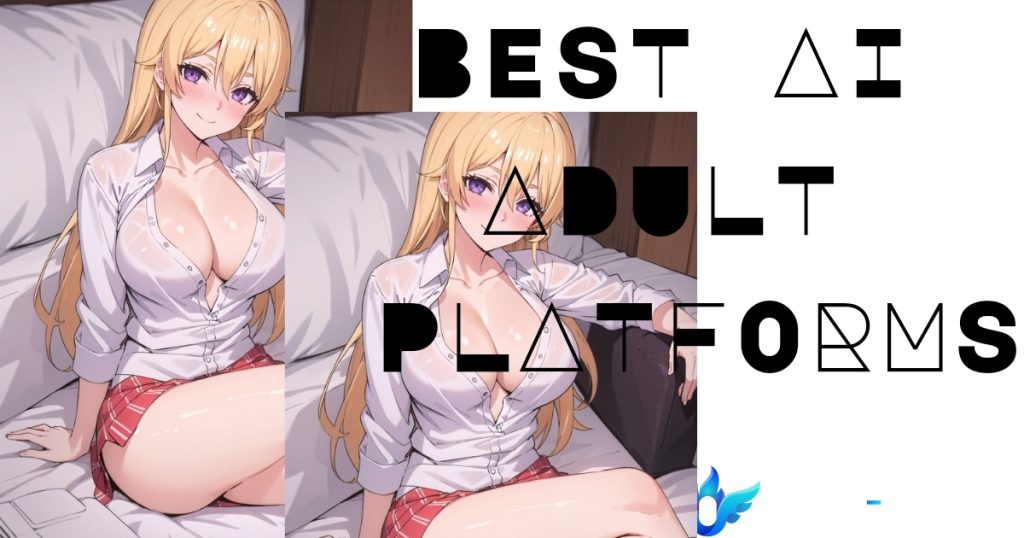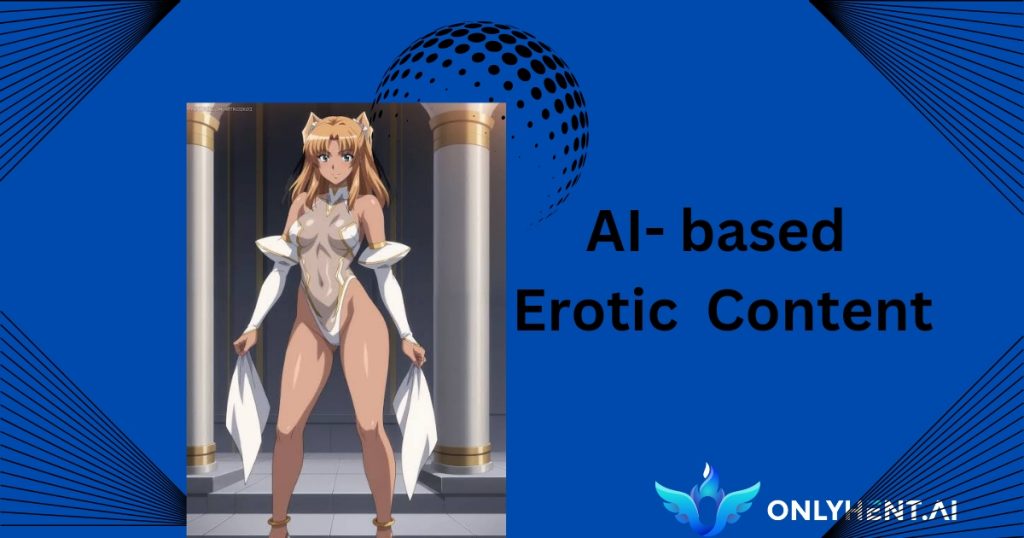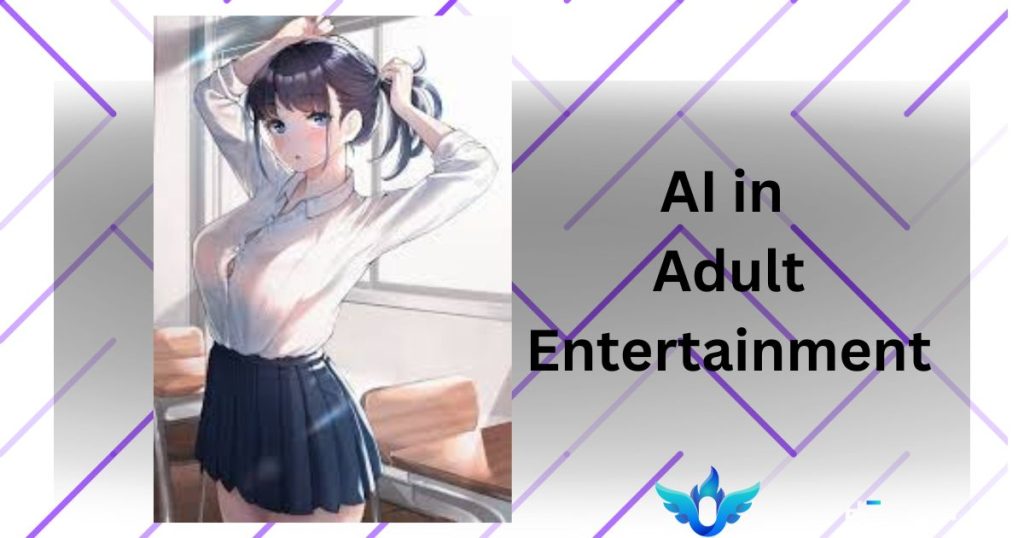Yaoi hentai is a genre of adult content that focuses on male-male relationships, often featuring explicit sexual themes. Originating in Japan, this genre has grown into a global phenomenon. It caters to a wide audience, including those who enjoy exploring stories about romance, desire, and intimacy between men. Over the years, yaoi hentai has evolved, reflecting changing social dynamics, technology, and artistic expression.
The Roots of Yaoi Hentai in Japanese Culture
Yaoi hentai finds its origins in the broader “yaoi” genre, which emerged from shōnen-ai (boys’ love) manga in the 1970s. Unlike shōnen-ai, which typically focuses on romantic relationships, yaoi includes explicit adult themes. The term “yaoi” is said to be an acronym for the Japanese phrase “yama nashi, ochi nashi, imi nashi,” meaning “no climax, no point, no meaning.” Despite this humorous origin, yaoi hentai has carved out a meaningful place in modern adult entertainment.
The genre began in Japan’s underground doujinshi (self-published) community, where artists had the freedom to create stories that mainstream publishers might not accept. Yaoi gained momentum throughout the 1980s and 1990s, as manga and anime conventions allowed creators to showcase their work to wider audiences. The rise of the internet in the 2000s helped globalize yaoi hentai, connecting fans worldwide and facilitating the genre’s rapid spread.
Why is Yaoi Hentai So Popular?
The rise in popularity of yaoi hentai can be attributed to several factors:
- Inclusivity: It appeals to a diverse audience, including women, LGBTQ+ individuals, and men who enjoy exploring different perspectives on sexuality. Unlike many other adult genres, yaoi hentai often portrays male-male intimacy in a way that resonates emotionally with viewers.
- Artistic Freedom: The genre allows for more creative storytelling and exploration of taboo subjects. Artists and writers can experiment with themes like power dynamics, forbidden love, and fantasy worlds.
- Accessibility: Digital platforms have made it easier for fans to access, share, and create yaoi hentai content. Manga sites, streaming services, and social media have all contributed to its widespread availability.
- Emotional Depth: Many stories explore complex emotions, offering a deeper narrative compared to other adult genres. This emotional exploration adds layers of meaning to the explicit content.
Additionally, the genre’s focus on romance and relationship dynamics can be particularly appealing for those seeking more than just physical interactions. The emotional arcs and character development often mirror traditional romance stories, giving yaoi hentai a broader appeal.
Differences Between Yaoi Hentai and Other Hentai Genres
While all hentai genres focus on adult themes, yaoi hentai stands out due to its focus on male-male relationships. Here’s a table comparing yaoi hentai with other common hentai genres:
| Genre | Focus | Audience |
| Yaoi Hentai | Male-male relationships | Diverse, often female-oriented |
| Yuri Hentai | Female-female relationships | Often male-oriented, but inclusive |
| Hetero Hentai | Male-female relationships | Broad audience |
| Futanari Hentai | Androgynous themes | Niche, mixed audience |
Yaoi hentai’s distinct focus allows it to explore relationship dynamics that are often ignored or simplified in other genres. For example, power dynamics and emotional vulnerability are frequently central themes in yaoi hentai, adding complexity to the narratives.
Common Themes in Yaoi Hentai

Yaoi hentai explores a wide range of themes. These include:
- Power Dynamics: Stories often explore the dynamics between dominant and submissive partners. This can add tension, drama, and intrigue to the relationships.
- Forbidden Love: Relationships that defy social norms, such as those between teachers and students, step-siblings, or rivals, add drama and intensity.
- Fantasy Settings: Supernatural elements, historical contexts, and futuristic worlds offer unique backdrops for yaoi stories.
- Slice of Life: Everyday scenarios that develop into deeper romantic and sexual connections. These stories often focus on relatable settings like schools, workplaces, and friendships.
- Age Gap Relationships: Themes involving older and younger partners, often adding layers of tension and complexity.
- Revenge and Redemption: Characters overcoming past traumas or seeking justice through their relationships. This theme often adds a layer of catharsis to the narrative.
These themes allow yaoi hentai to cater to a variety of tastes and interests. The flexibility of the genre means that artists and writers can continually find new ways to engage their audiences.
The Role of Digital Platforms in Promoting Yaoi Hentai
The internet has significantly impacted how yaoi hentai is consumed and created. Digital platforms like manga sites, video streaming services, and specialized forums have made it easier to access content. This accessibility has led to a global community of fans who actively share and discuss their favorite works.
Popular Websites for Yaoi Hentai Content
Several platforms cater specifically to yaoi hentai enthusiasts. These sites offer manga, animations, and even fan-created content:
- Fakku: Known for licensed hentai content, including yaoi.
- MyReadingManga: Offers a wide range of yaoi manga and doujinshi.
- Hentai Haven: A hub for hentai videos, including yaoi titles.
- Pixiv: A platform for artists to share and discover new yaoi hentai art.
- DLsite: A marketplace for digital hentai products, including games and manga.
- OnlyHent.ai: A revolutionary platform designed for hentai creators and fans, including yaoi artists. It allows creators to monetize their content through subscriptions, pay-to-view models, and instant fan engagement. With 85% commissions and a dedicated Creator Academy, OnlyHent.ai empowers yaoi hentai creators to thrive while offering fans a unique and interactive experience.
Benefits of Digital Distribution
Digital platforms provide several benefits for yaoi hentai fans and creators:
- Anonymity: Fans can explore content without fear of judgment.
- Global Reach: Content can be shared and enjoyed by people worldwide.
- Community Building: Forums and social media allow fans to connect and discuss their interests.
- Ease of Access: Instant downloads and streaming services make it convenient to enjoy content anytime.
These factors have contributed to the genre’s growth and popularity beyond Japan’s borders.
Explore more captivating content like this by checking out our detailed guide on Hentai Fox.
The Art and Storytelling in Yaoi Hentai
One of the key draws of yaoi hentai is its distinctive art style and storytelling. Artists often use expressive characters and detailed backgrounds to enhance emotional and sexual tension.
Key Elements of Yaoi Hentai Art
- Character Design: Characters are often depicted with elegant, detailed features.
- Expressive Emotions: Facial expressions and body language convey desire, vulnerability, and power.
- Dynamic Panels: In manga and doujinshi, panel layouts create a sense of movement and intensity.
- Attention to Detail: Scenes are meticulously illustrated to heighten the sensual experience.
Storytelling Techniques
Yaoi hentai stories often use specific narrative techniques to engage readers:
- Slow Burn: Relationships develop gradually, heightening anticipation.
- Flashbacks: Backstories provide context and depth to characters.
- Dual Perspectives: The story may switch between the viewpoints of both protagonists.
- Conflict and Resolution: Challenges that characters face, leading to satisfying resolutions.
The Future of Yaoi Hentai
As digital platforms continue to evolve, the future of yaoi hentai looks promising. Technological advancements such as AI-generated art and interactive storytelling are opening new doors for creators. The growing popularity of virtual reality (VR) and augmented reality (AR) could also have a significant impact on how yaoi hentai content is consumed, allowing fans to experience stories in more immersive ways. The integration of AI and VR in hentai content could lead to new forms of engagement, such as personalized experiences, where fans can interact with characters or even influence the direction of a story.
Additionally, the demand for more inclusive and diverse representations of relationships in mainstream media is gradually increasing, which can benefit yaoi hentai creators. As societal attitudes shift toward greater acceptance of LGBTQ+ themes, there is potential for yaoi hentai to gain further recognition and even influence other media genres.
The Importance of Inclusivity and Representation
Yaoi hentai plays a key role in providing representation for LGBTQ+ individuals, particularly those interested in male-male relationships. While mainstream media has historically been slow to portray diverse sexualities, yaoi hentai has offered a space where marginalized voices can be heard and celebrated. This genre has contributed to the normalization of same-sex relationships in a way that is both emotionally engaging and empowering.
The inclusivity of yaoi hentai not only benefits LGBTQ+ communities but also helps to expand the perspectives of viewers from all walks of life. By exploring relationships that break societal norms and depict emotional and physical intimacy in new ways, yaoi hentai fosters empathy and understanding. It encourages viewers to appreciate different types of love, intimacy, and human connection, whether they identify as part of the LGBTQ+ community or not.
The Role of Yaoi Hentai in the Broader Hentai Industry
Yaoi hentai, while a niche within the broader hentai genre, has a significant influence on the entire industry. It often leads trends in art style, storytelling, and the portrayal of emotional depth in adult content. As more platforms like OnlyHent.ai provide creators with tools to monetize their work, yaoi hentai creators have more opportunities to reach a global audience and elevate the genre.
The success of yaoi hentai has also prompted other genres of adult content to explore more complex and emotional storytelling. While other subgenres of hentai, such as hetero or futanari, may still rely heavily on physical interactions, yaoi hentai continues to stand out for its focus on the emotional and psychological aspects of relationships. The rise of emotional storytelling within the adult entertainment industry could signal a shift toward more inclusive, character-driven narratives in all forms of adult content.
Yaoi Hentai and Fan Interaction
Another unique aspect of yaoi hentai is the strong bond between creators and fans. Unlike other adult genres, which often focus primarily on the physical aspect of the content, yaoi hentai emphasizes emotional connection and storytelling. This creates a deeper sense of investment for fans, who not only enjoy the explicit content but also become emotionally attached to the characters and their journeys.
Platforms like OnlyHent.ai facilitate this interaction by offering subscription models, pay-to-view content, and instant fan engagement features, enabling fans to communicate directly with creators. This type of fan interaction fosters a sense of community and belonging, where fans can discuss their favorite works, share feedback, and even influence the direction of future content.
For creators, this direct connection with fans provides valuable insights into what audiences want. It allows for a more personalized approach to content creation, where feedback and fan preferences are taken into account. This engagement also encourages fans to support their favorite creators through tips, subscriptions, and other monetization options, helping to sustain the growth of the genre.
Expanding Beyond Traditional Media
While manga and doujinshi remain the traditional mediums for yaoi hentai, the genre is increasingly branching out into other forms of media. Yaoi hentai has made its way into animated series, video games, and even interactive experiences, broadening its appeal to new audiences. These new formats allow for even more creative freedom, as artists can explore dynamic visuals and immersive worlds that were previously unattainable in traditional print media.
Yaoi hentai video games, for example, allow players to interact with characters in ways that traditional manga cannot, offering a more personalized and dynamic experience. These games often incorporate complex narratives, where player choices influence the development of relationships and the outcome of the story. As technology continues to advance, the potential for yaoi hentai to expand into virtual reality and augmented reality environments becomes increasingly viable.
Final thoughts
Yaoi hentai has emerged as a significant genre in the world of adult content, known for its emotional depth, inclusive themes, and strong fan community. The genre’s rise can be attributed to its ability to explore diverse relationship dynamics and provide representation for LGBTQ+ individuals. Through platforms like OnlyHent.ai, yaoi hentai creators now have the tools to share their work with a global audience, monetize their content, and connect directly with fans. As technology continues to evolve, the genre will likely continue to innovate and expand, offering new and exciting ways for creators and fans to engage with this unique form of adult entertainment.
Yaoi hentai’s rise in popularity also reflects a broader cultural shift toward greater acceptance and understanding of diverse forms of love and intimacy. By promoting inclusivity and representation, yaoi hentai has become a powerful tool for storytelling, fostering empathy and challenging societal norms. As the genre continues to grow and evolve, its influence on both the adult content industry and mainstream media will only become more pronounced, ensuring its place in the future of entertainment.









